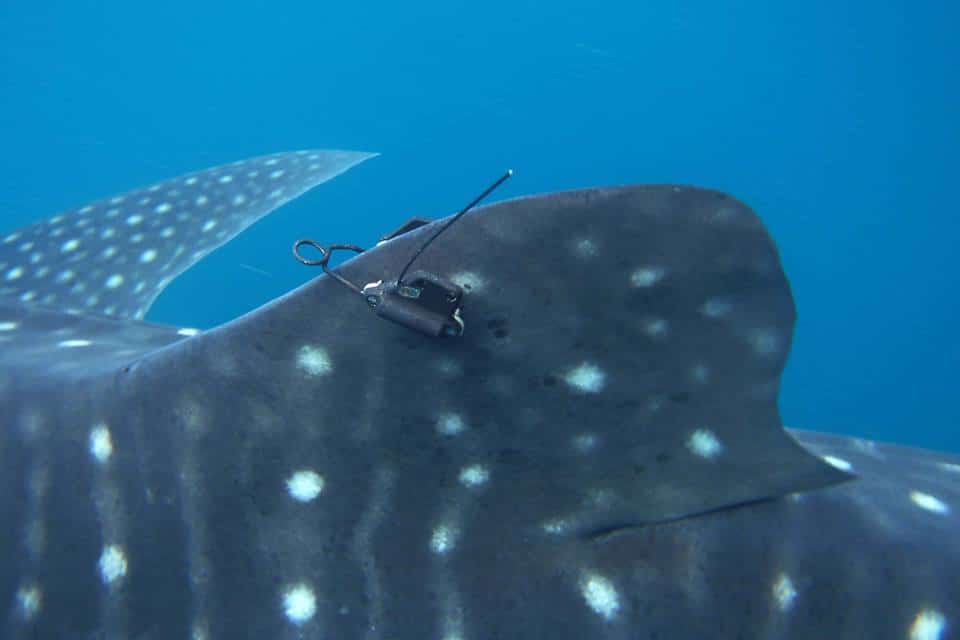Research
Despite being the largest fish in the sea, questions about the whale shark’s biology and distribution remain unanswered. ECOCEAN’s aim is to join the dots and solve the mystery on this unique and threatened species.
Some of the questions we would like to answer:
- How many whale sharks visit the Ningaloo Coast every year?
- Where does this population of whale sharks migrate?
- How fast do whale sharks grow?
- Where and how often do whale sharks breed?
- Where are the critical feeding habitats for whale sharks?
- How long do whale sharks live for?
- How does tourism impact on whale sharks?
- Are there other industries that impact on whale sharks?
- Does whale shark hunting in other countries impact on the population found at Ningaloo?
- Where else are whale sharks found in Australia?
ECOCEAN uses a variety of techniques to collect data on whale shark movement and behaviour.
- SATELLITE TAGS
- ACOUSTIC TAGS
- DAILY DIARIES – ‘CRITTERCAMS’
- ARCHIVAL DATA
- LOGGING TAGS (PAT TAGS)
ANIMAL FACT SHEETS
Find information about the different species found at Ningaloo Reef, in the database of marine life prepared by our scientists. The documents contain interesting curiosities and important data about the species.

Satellite tags implemented by ECOCEAN, helps to monitor the movement of whale shark in the ocean. It is expected that data from our research will be used to inform policy aimed at ensuring the long-term conservation of this threatened species.
